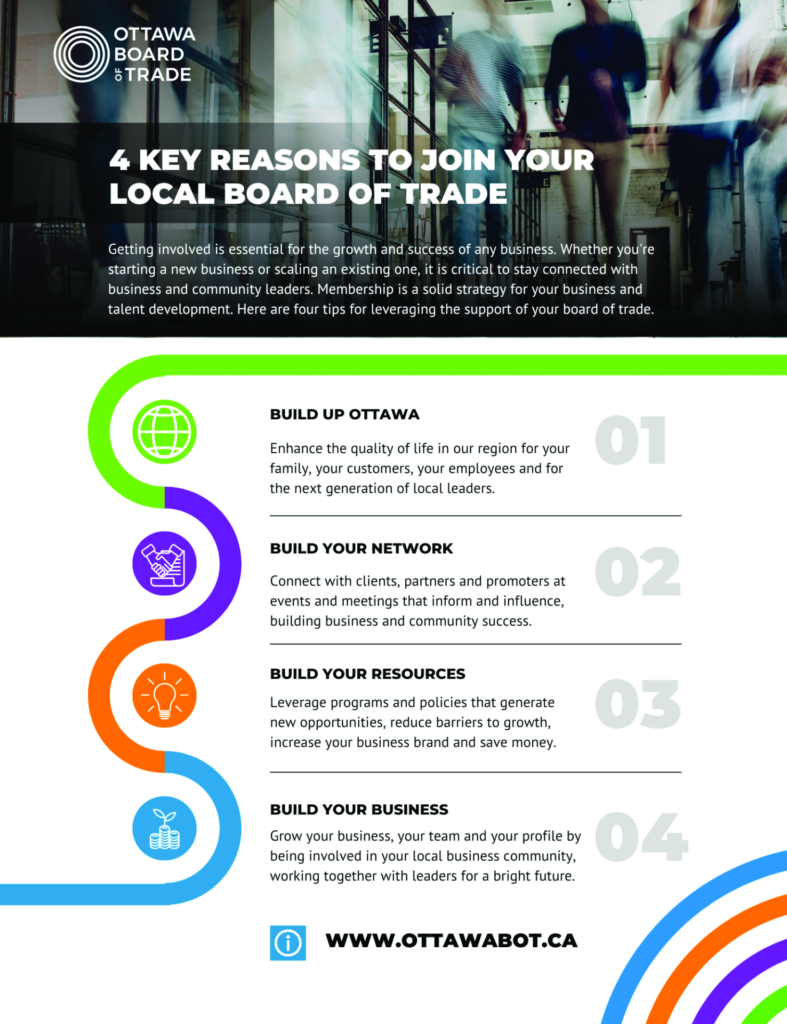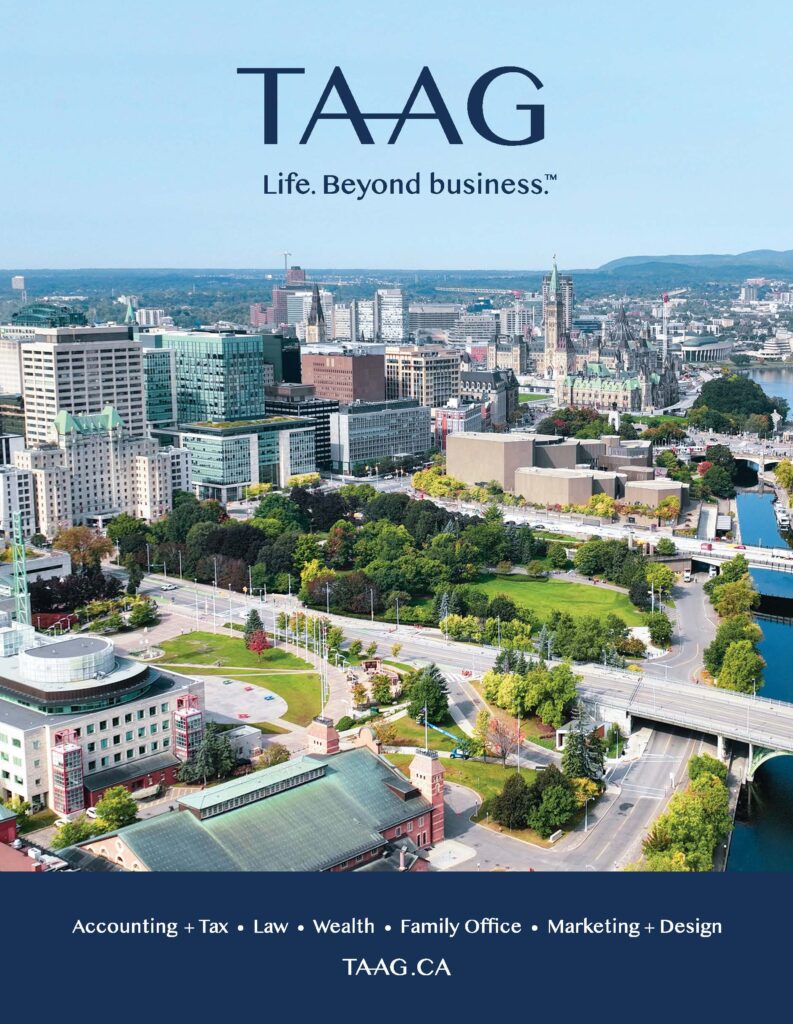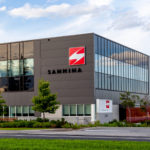Leading Innovation: Ottawa’s Tech Ecosystem Advantage
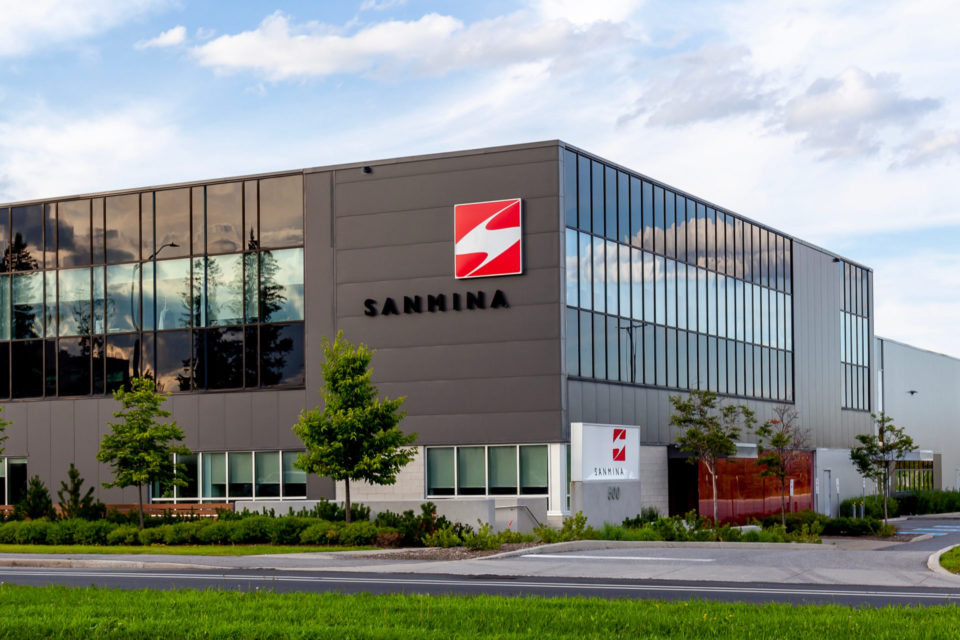
BY JEFF BUCKSTEIN
OTTAWA’S REPUTATION, BOTH within Canada and around the world, as a leading centre of technology excellence, has been forged through decades of achievement.
The distinction is no marketing ploy, says Kevin Ford, president and chief executive officer of Calian Group Ltd. in Ottawa, who cites a litany of local achievements across multiple platforms, including e-commerce, communications, healthcare, and Cybersecurity.
“We’ve earned it. We can point to numerous cases of where that reputation of tech excellence is absolutely true, and growing. It’s pretty exciting times for tech companies here in Ottawa,” says Ford.
Even in tough, challenging times, such as after the telecommunications market collapse in the early 2000s, Ottawa’s tech sector has shown an amazing ability to adapt to changing circumstances.
For example, in the wake of Nortel Networks, we now have large companies like Ericsson Canada, Ciena Canada, and Nokia featuring prominently in the city, says Jamie Petten, president and chief executive officer of the Kanata North Business Association.
From roots in telecommunications with companies like Mitel and Newbridge Networks, a number of diverse technology sub-sectors are now represented in Kanata, including 5G, software, software as a service, cybersecurity, and the Internet of things, among others, she adds.
The tech industry in Ottawa has evolved from being primarily communications and networks in the 1990s, says Ford. “We’ve changed that DNA now and sprinkled it over a whole bunch of other sectors. Our resilience is much stronger now because we are not a one sector innovation hub. That diversification in Ottawa is why we’ve been able to manage through some of these tough times,” he adds.
Even as larger companies have disappeared, local companies have been able to innovate for customers’ critical business needs, including, for example, cyber platforms, healthcare platforms, commerce platforms, B to B platforms, and AI innovation, says Ford. “What we do is relevant to both good and bad times and I think that’s why we survive. We’re innovating across mission critical, customer critical requirements that still have to move forward,” he stresses.
There are now 1,750 technology companies that employ more than 80,000 people in Ottawa, says Sonya Shorey, vice-president of strategy, marketing and communications with Invest Ottawa and Bayview Yards.
“We have such an incredible mix and powerhouse of innovators, start-ups, scaleups, multi-nationals that work together in a highly collaborative, thriving ecosystem here in Ottawa. I think we punch far above our weight,” she adds.
Local talent the key
“Our talent is one of the key differentiators,” says Shorey. “We have the highest tech talent concentration in all of North America, according to CBRE’s most recent report for 2022 on top tech talent markets. For the third year in a row, Ottawa topped that list at 11.6 per cent, ahead of Silicon Valley at 11.4 per cent,” she noted.
Shorey says a second factor in the city’s tech success is its deep and long-standing technological capability. “We have incredibly deep roots in telecommunications, advanced next generation networks and cybersecurity, among the plethora of technology strengths that we have more broadly. Our region has cultivated world-class expertise, capabilities, and companies in smart mobility (V2X), autonomy and connectivity, next gen networks, SaaS, cyber, AI and Machine Learning, 5G, IOT, life sciences and cleantech.”
Shorey attributes a collaborative ecosystem to be a very strong third attribute of Ottawa’s internationally recognized global tech hub. “The ability for us to very nimbly and in a very agile way come together to collaborate on some of those shared objectives in a mutually beneficial way is, I think, another big differentiator for a city of one million people,” she says.
Ottawa companies are also incredibly open, and flexible, and always looking to do things differently, which gives them a competitive edge, Shorey adds.
Ford also cites the surrounding technology ecosystem as a key advantage.
“All the folks that have moved around the different companies have shared knowledge, whether it’s on how to innovate, how to generate IP, or how to grow companies from start-up to exit. That knowledge of intellectual capital is extensive in the city,” says Ford, who notes that corporate success also leads to capital investment by, for example, banks or private equity, which provide local companies with the financing they need to grow.
Another local attribute is the focus on investing in the future, through research and development.
“Research and development is clearly the core of innovation for many firms, including Calian. We continue to invest more in research and development as we look to innovate across our portfolio of companies,”
says Ford, who adds that local companies are lucky to also have government funding from various programs that support research and development, such as the Industrial Research Assistance Program (IRAP) funding and the Strategic Innovation Fund.
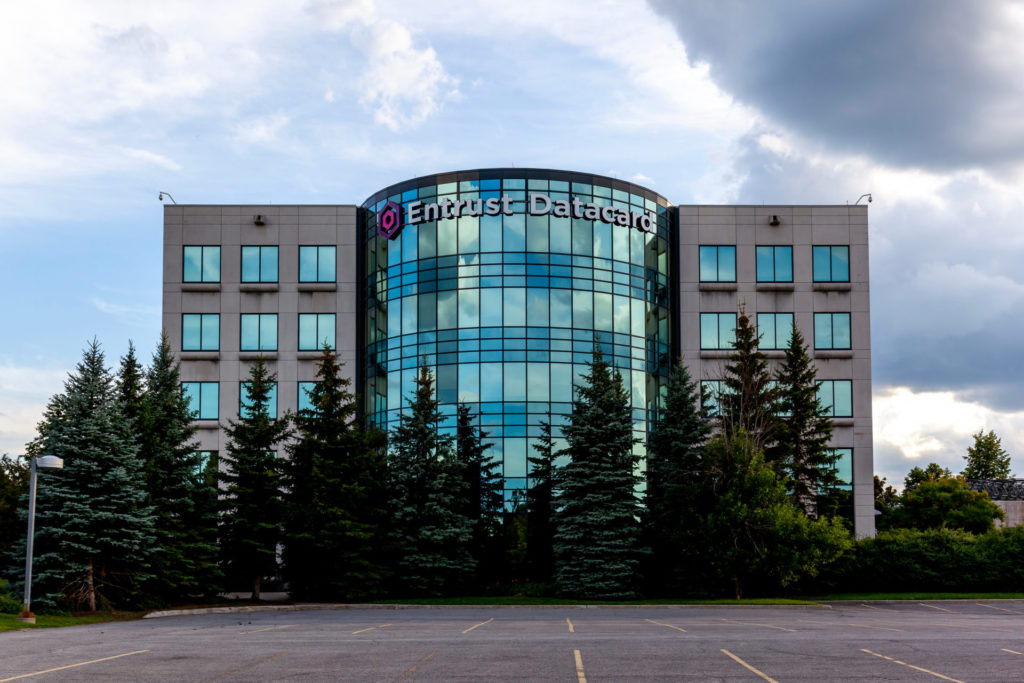
Post-secondary advantages
The ingredient for any company’s success is human talent – people who can “bring passion, the smarts, the energy to make these ideas and innovations real,” says Ford.
The work being carried out in universities and colleges with some of the job development programs is also vital to that, he adds, noting “we’re working with them across numerous sectors to co-innovate.”
Ottawa’s post secondary institutions play a critical role building a pipeline for the next generation of technology innovators, entrepreneurs, and leaders, says Shorey. She notes that Algonquin College, Carleton University, La Cité, the University of Ottawa, and Willis College collectively educate 150,000 students per year, with more than 20 per cent of those students specializing in science, technology, engineering and math (STEM) fields.
“Our post-secondary institutions are creating the next generation of highly skilled people who are going to create innovations and solutions that will drive our regional economy, while also helping to address and resolve some of the greatest challenges we face in our society,” says Shorey.
Another advantage is an Ottawa ecosystem that is highly diverse and multicultural and continues to take steps as an inclusive and welcoming community to create an even stronger culture of belonging, says Shorey. This is a big differentiator and tremendous strength
for our region, particularly when taking into consideration the large numbers of international students that are coming to our post-secondary institutions.
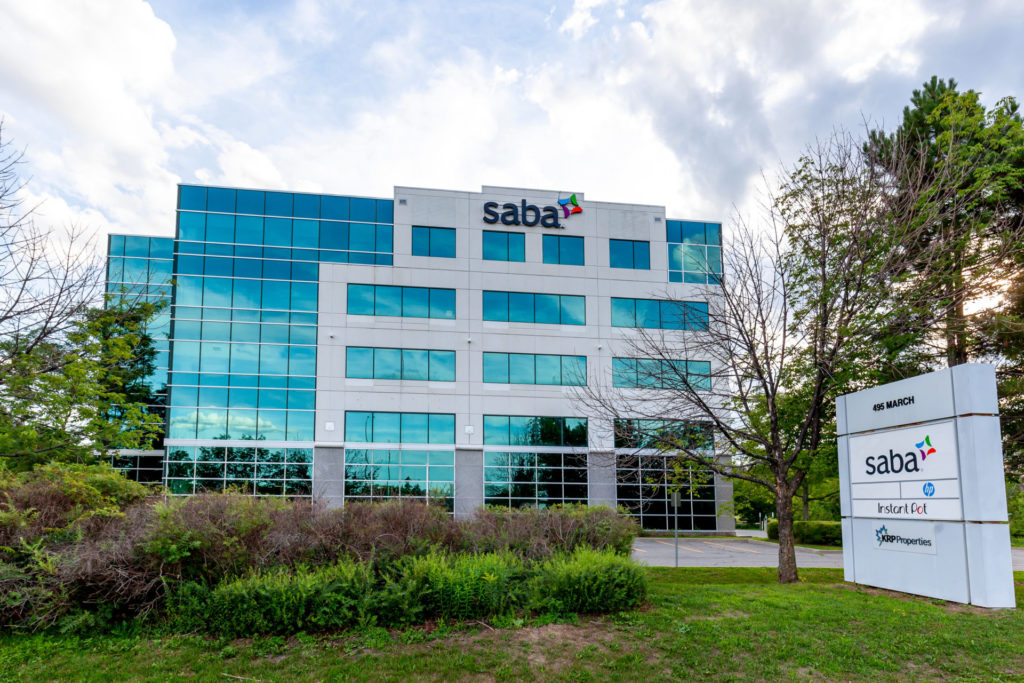
We also have an incredible community of current and aspiring immigrant entrepreneurs who are starting small businesses and tech companies, she adds.
“We’re dedicated to helping grow robust, sustainable start-ups and scale-ups from the ground up together as a collaborative community. We are also dedicated to attracting foreign direct investment, companies, and talent into our region,” says Shorey.
“I believe one of the greatest differentiators and competitive advantages in Canada’s Capital is Area X.O.,” she adds. Founded and managed by Invest Ottawa, this R&D complex is dedicated to advancing the next generation of smart mobility, autonomy, and connectivity technologies. This facility is enabling the development, testing, validation and adoption of new mobility solutions across diverse sectors, from transportation to telecom, smart farming, defence, public safety, drones and the environment.
Area X.O is also attracting a host of new companies, talent, and investment into our region, explains Shorey, who cites Hexagon AutonomouStuff and InDro Robotics as two examples of companies that have landed and expanded into the Ottawa Region at Area X.O.
Petten, of the Kanata North Business Association, says there are 540 companies in Kanata North, employing 33,000 people, from large multi-nationals to smaller emerging start-ups populating the suburb’s Technology Park, which is often referred to as Silicon Valley North.
“There’s quite a significant community of innovators here in the Park, and the demand for the solutions that are being developed here couldn’t be greater than today,” says Petten, who notes that even during the worst of the COVID pandemic, the connectivity technology developed in Kanata North helped enable the local economy to continue to work.
That connectivity will continue to be an important aspect in our daily lives as the world continues to digitally transform, she adds.
“As a result, our companies are hiring at rapid rates. Today in the Tech Park, there are over 1,900 open roles, primarily for engineers that need to be filled immediately, and those roles are only continuing to increase. It speaks to the demand for talent. It also speaks to the excellence of our innovation companies here in the Park, and the world class solutions they are building,” says Petten.
The innovation and application of technologies developed in Kanata impact a diverse range of industries, including agriculture, transportation, security, and retail, among others, she notes.
Academia has also made a significant investment in the Technology Park. The University of Ottawa established a satellite campus there in 2018, with the intent to directly connect students to experiential learning and graduates to career opportunities. Additionally, the University has focused on opportunities to commercialize their research in areas such its Smart Connected Vehicles Innovation Centre, says Petten.
Anchored by Kanata North-based BlackBerry QNX, Ottawa is Canada’s Connected and Autonomous Vehicles (CAV) capital and home to more than 90 start-ups, corporations and post-secondary institutions that are contributing intelligence to CAVs of the future, she adds.
The Technology Park is also home to the City’s Connected and Autonomous Vehicles public test track, where Ottawa was the first Canadian city to launch testing of an on-street autonomous vehicle (AV) communicating with live City infrastructure. “The Kanata North tech community is the perfect Smart Cities living lab,” says Petten.
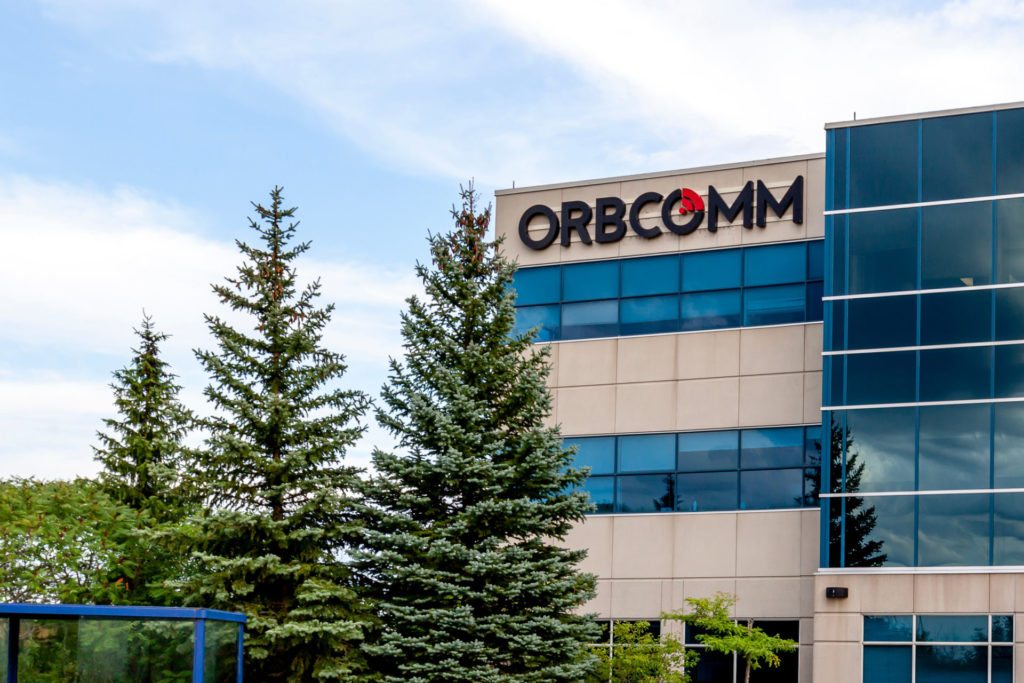
Carleton University has also opened up a satellite campus, at Hub350, a community gathering space opened by the Kanata North Business Association a little over one year ago. “We’re thinking about Hub350 as the physical gateway to Canada’s largest tech park – a space where our existing ecosystem of tech, industry, academic and finance partners can come together and collaborate, as well as a place for talent or investors from across the country or around the world,” says Petten.
At the heart of Hub350 is the TELUS 5G Innovation Zone, powered by Canada’s fastest mobile network. Furthermore, 5G represents one of the most significant new advances in communications technologies to date, making the 5G Innovation Zone ideal for conceptualizing, developing, testing, and now, commercializing 5G, she adds.
“I’m very excited for the future of the Technology Park. We have a thriving community of innovators and technology enthusiasts, thanks to a lot of good work in bringing the community together over this last decade,” says Petten.















